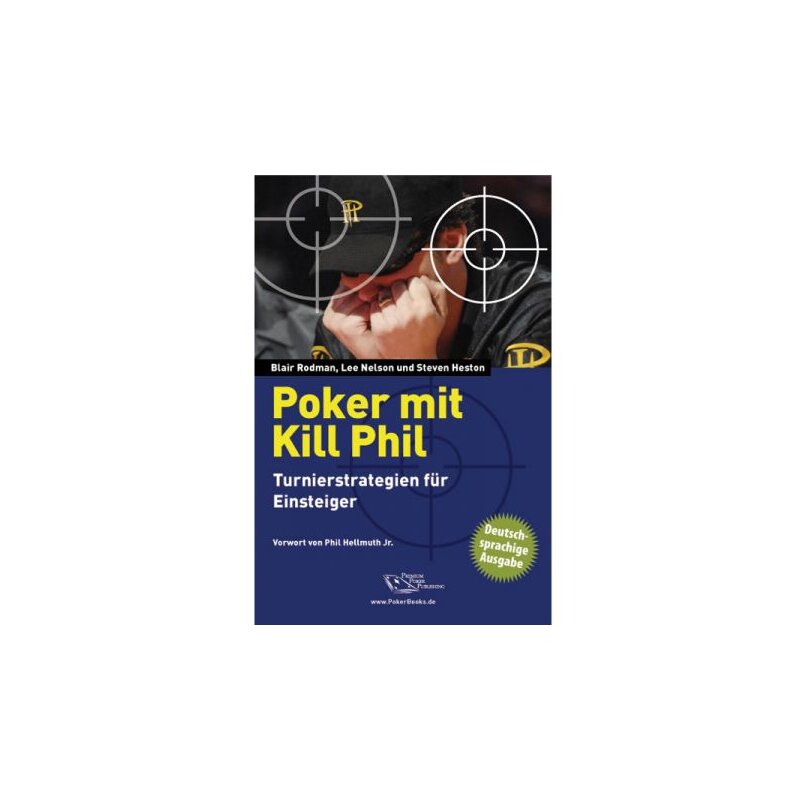Poker Kill Phil
Mark, I can attest to the fact that a Kill Phil style works (or at least it did pre-Frist). When I first got Kill Phil I tried it in a handfull of SnG's (100 regulars and 100 turbos) and had good results. Obviously moving all in early with just premium cards is not the most EV situation, but it does keep the player out of trouble early. Thanks to television, the Internet, and the incredible popularity of the World Series of Poker in Las Vegas, when Kill Phil was first published in 2006, tournament poker had become the richest sport in the world. The problem was that no-limit hold 'em was dominated by a handful of experienced and skilled professional players. Kill Phil Play With the Big Boys. Thanks to television, the Internet, and the incredible popularity of the WSOP in Las Vegas, suddenly tournament poker is the most lucrative sporting event in the world! Overview Thanks to television, the Internet, and the incredible popularity of the World Series of Poker in Las Vegas, when Kill Phil was first published in 2006, tournament poker had become the richest sport in the world. The problem was that no-limit hold em was dominated by a handful of experienced and skilled professional players.
February 27, 2010 8:47 am

Kill Phil Poker Book
‘Kill Phil’ by Blair Rodman and Lee Nelson does pretty much what it says on the book’s subtitle, and provides inexperienced players with a ‘Fast Track to Success in No-Limit Hold’em Poker Events’.
As 1994 World Series of Poker main event champion Russ Hamilton explains: “The Kill Phil strategy is designed to take advantage of what we, and many others, feel is a weakness in no-limit hold’em tournaments — the overemphasis on the all-in move in the later stages.”
More specifically, the “Phil” mentioned in the title relates to any player better and more experienced that yourself in a tournament, whose edge you can narrow down by employing a simple fold or all-in strategy.
This simplistic approach has appeared in other poker books too, such as David Sklansky’s ‘Tournament Poker for Advanced Players’. However, Rodman and Nelson have further refined the strategy and highlighted many important points including making a distinction between “small ball” and “long ball” poker.
Many exceptional tournament players are small ball specialists and will try to win a number of small pots while avoiding big confrontations, in order to take advantage of weaker players at a minimum risk to their own stack. Therefore, many good players will simply be unwilling to risk their tournament life to a pre-flop all-in without first holding an exceptional starting hand.
However, long ball players will tend to apply their skills pre-flop and so this will have to be taken into account when deciding whether to go all-in or fold. Other factors to consider before making a decision are discussed in the book, such as starting hands,the CSI (chip status index), calculating the CPR (cost per round), as well as your stack size, the power of the re-raise and table image.
Despite being more suited to live tournaments than online play, the book fulfills its promise of providing a threatening strategy for beginners to adopt in order to narrow the gap between them and the more experienced players during the later stages of tournament. It is written in an easy to follow format and I would recommend it for amateur and novice players looking to bring their tournament play up to speed.